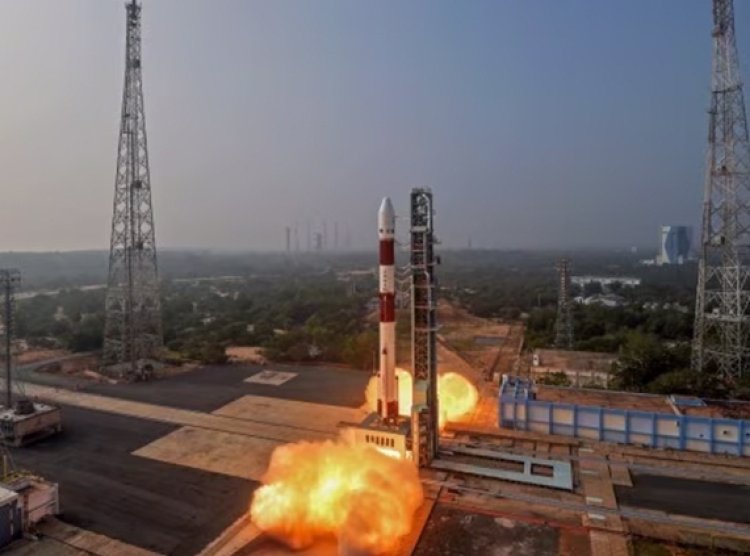ISRO launches 'Gaganyaan year' with XPoSat, India's deep space eye
PSLV-C58 achieves designated orbit, facilitating tracking of X-rays and celestial entities, serving scientific purposes for observation and analysis

The Indian Space Research Organisation (ISRO) inaugurated the new year with a triumphant launch of its inaugural X-ray Polarimeter Satellite (XPoSat), geared to examine X-ray polarization and its origins within cosmic elements like black holes and neutron stars.
Taking off from the Satish Dhawan Space Centre in Sriharikota on Monday morning, ISRO's renowned launch vehicle, PSLV-C58, precisely positioned XPoSat into a circular orbit spanning 650 km after a 21-minute journey.
XPoSat stands as only the world's second mission of its kind, following NASA's Imaging X-ray Polarimetry Explorer (IXPE) launched in 2021. The satellite comprises two vital payloads, the Indian X-ray Polarimeter (POLIX), and the X-ray Spectroscopy and Timing (XSPECT), crafted by the Raman Research Institute and UR Rao Satellite Centre, both based in Bengaluru.
"January 1st, 2024, witnessed yet another successful PSLV mission. PSLV C58 flawlessly placed the primary satellite XPoSat in its designated orbit," declared ISRO Chairman S Somanath. "The deviation from the intended orbit is minimal, with an inclination of merely 0.001 degree, showcasing exceptional orbital conditions. The satellite's solar panel deployment was also successful."
"This year promises numerous launches. 2024 is earmarked as the 'year of Gaganyaan'," he announced, referencing India's inaugural human spaceflight program. "Last year saw the TV-D1 mission, and we anticipate two more test flights of the Test Vehicle followed by Gaganyaan's unmanned mission."
Somanath outlined plans for PSLV, GSLV, and the new SSLV launches slated for this year.
Union Minister of State for Department of Space Dr. Jitendra Singh expressed pride in ISRO's achievements, applauding the ongoing successes under the leadership of PM Narendra Modi.
Following XPoSat's orbital placement, the fourth stage of the launch vehicle underwent two firings to lower it to a 350-km orbit for experimental purposes. ISRO opted to diminish the stage's orbital lifespan, emphasizing responsible space management by reducing debris.
ISRO utilized the PSLV Orbital Experimental Module (POEM) platform for the third time to demonstrate space technologies. The platform includes experiments like the Women Engineered Satellite (WESAT) and initiatives concerning solar irradiance, radiation shielding, amateur radio, propulsion systems, and more.
XPoSat marks India's third space-based observatory after the recent solar mission Aditya-L1 and the 2015 launch of AstroSat. The study of X-ray polarization in astronomical elements offers deeper insights into celestial emissions and energy variations from these cosmic bodies.

 Sumit Rawat
Sumit Rawat 










